Stroke (Megacode Simulations)
Stroke is a critical and time-sensitive condition marked by sudden interruptions in blood flow to the brain. This leads to potential neurological damage and rapid decline in function. This practice paper is dedicated to ACLS megacode simulation exercises designed to refine your skills in recognizing and managing stroke effectively. By solving these questions, you will enhance your preparedness for real-world emergencies.
Hurry, don’t let time run out! 5 mins 00 secs
2/10
Good try!
Now you can give it another shot9/10

